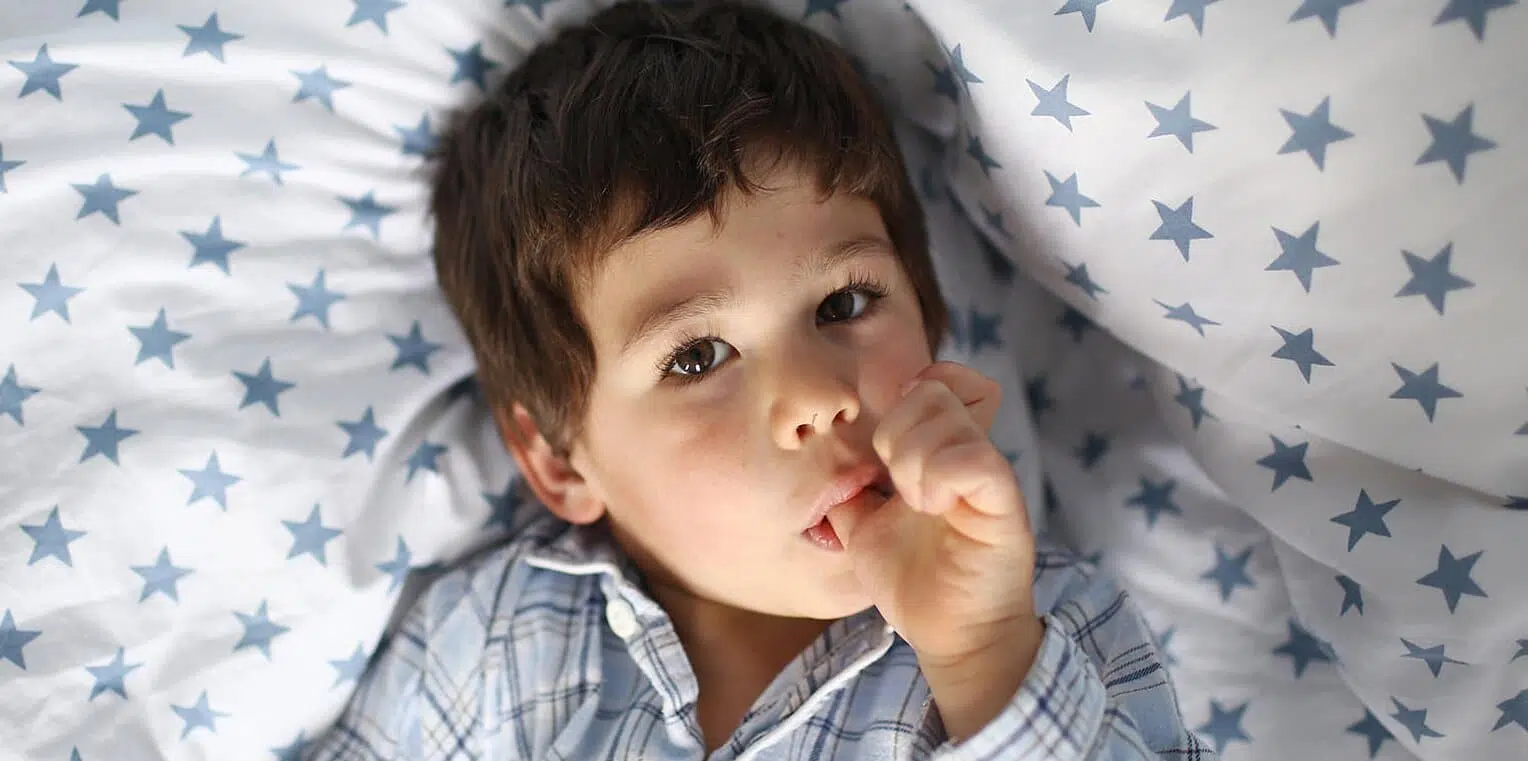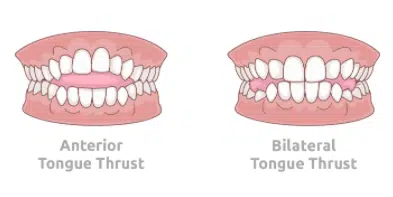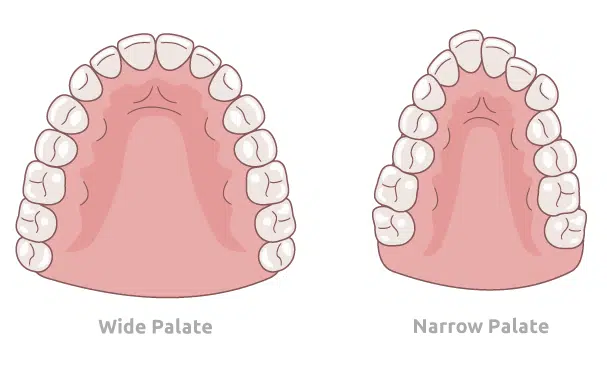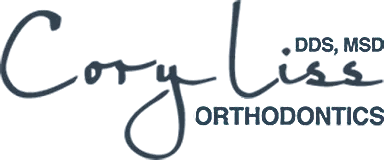
Oral Habits and Orthodontics
A habit is an acquired repetitive action that is often done unconsciously, and they can be difficult to give up. There are many oral habits that can began during developmental age, or even during adulthood that can cause harm to bites, teeth, and the surrounding tissues. There are strategies, therapies, and even orthodontic appliances that can help with habit cessation, and treatments that can address the changes caused by habits over time.
Thumb Sucking
In infancy, sucking on thumbs or fingers is a common behavior. As children grow older, this habit will affect the development of their teeth and jaw. When the thumb or fingers are in the mouth and are an obstruction consistently, the tongue cannot rest of the roof of the mouth, and changes occur in the growth and eruption of teeth. One possible outcome of a thumb sucking habit is called an open bite, where the upper and lower teeth do not make contact when biting down. Thumb sucking can also apply pressure to the upper arch and pull it forward, causing the upper teeth to protrude over the lower teeth which will cave back, creating overjet. Both of these issues can be corrected with habit cessation and orthodontic treatment.

Lip or Nail Biting
Chewing on your nails or your lip is another habit that often develops in childhood that can continue into adulthood. With lip chewing, oftentimes the lower lip will be slid in behind the upper teeth, which similar to thumb sucking, can cause pressure on the upper teeth and create an overjet. This habit can also cause the teeth to crowd and the lips to become dry. Chewing on your nails (or anything very hard) causes your teeth to be exposed to excessive pressures, which can cause damage to the teeth. The abnormal pressure placed on the teeth can also cause them to shift over time, causing alignment issues. These pressures affect the position of teeth, even if the habit begins in adulthood.
Tongue Thrust
When you swallow, the tongue should be placed firmly up against the palate on the roof of the mouth. With a tongue thrust habit, the tongue does not rest up, but instead either presses forwards towards the front teeth, or splays out in between the upper and lower teeth. This habit is problematic as every time you swallow, there is an obstruction and pressure is being applied where it should not be. These habits can lead to a variety of concerns, from facial development to tooth alignment. With a forward tongue thrust or “reverse swallow,” the upper teeth may be pushed forward in the direction of the tongue, or upwards so that there is no longer contact between upper and lower teeth. With the tongue often in a forward position and not on the roof of the mouth, the palate can become narrow, tapered, and V-shaped, which can result in crowding and a long, narrow face. If the tongue splays out horizontally, the same can be seen on the sides on the mouth, where you would typically do the majority of your chewing. Patients who struggle with a tongue thrust habit may have an appliance to help relearn how to swallow, or be referred to see a Myofunctional Therapist who will recommend exercises to eliminate the habit.

Mouth Breathing
Breathing is not something you may often think about but believe it or not it is a very important oral habit. A person should typically breathe both in and out through their nose, but in some cases, individuals breathe only through the mouth. This can be the case if the nasal airway is insufficient, congestion is present, there are polyps, enlarged adenoids, tonsils and more. By only breathing through the mouth during developmental years, the body adapts and can cause the face to grow longer and narrower, and can cause open bites, and dental crowding. On top of the skeletal and dental changes, mouth breathers may also experience an increased risk of tooth decay due to less saliva being present while the mouth is open, dry lips, poor quality of sleep and even absorb less oxygen.

Grinding/Clenching
Many people consciously or unconsciously clench or grind their teeth throughout the day and night. While there is not a definitive cause for tooth grinding and clenching, there are common contributing factors such stress, medical conditions, sleep disorders, and mechanical problems such as dental misalignments. People who have irregular bites, missing or misaligned teeth may be more prone to regular grinding. Orthodontic treatment can address an irregular bite and bring teeth into alignment, which may reduce wear on the teeth caused by grinding. In some cases, the force of your teeth clenching or grinding can be stronger than the forces applied by orthodontic appliances like braces or Invisalign, and a neuromodulator may be recommended to reduce those forces throughout the duration of your treatment.
Book Your Complimentary Consultation
We would love to schedule your complimentary consultation where Dr. Liss will provide you with options to start your journey to a healthy, functional smile. Give us a call at 403-287-0746 and one of our amazing team members can help you book, or you can fill out our consultation form online here. We hope to see your smile soon!

